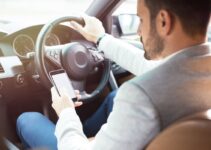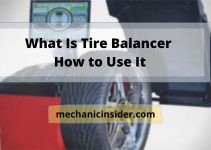Hey there! Ever seen those little lights pop up on your dashboard and wondered if it’s a big deal or not? Let’s break down what those warning lights mean, so you can feel confident about what needs immediate attention and what can wait. Here’s your go-to guide for staying safe and informed, no matter the weather or terrain.
1. Engine Temperature Warning Light
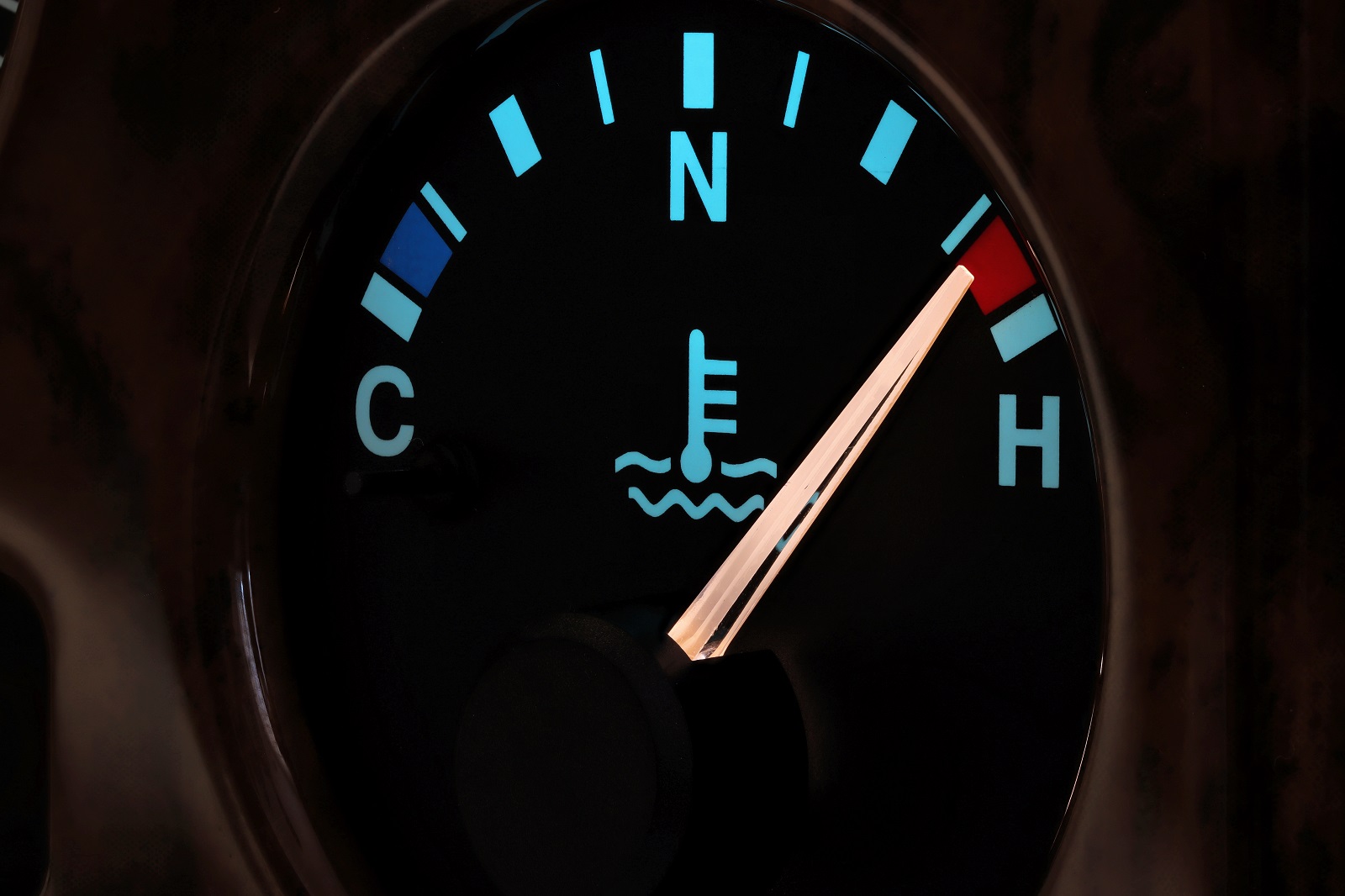
Image Credit: Shutterstock / Bjoern Wylezich
This light means your engine is too hot, often due to low coolant or a malfunctioning cooling system. Do not ignore this, especially in hot weather or rough terrain, as it can lead to engine damage.
2. Oil Pressure Warning Light
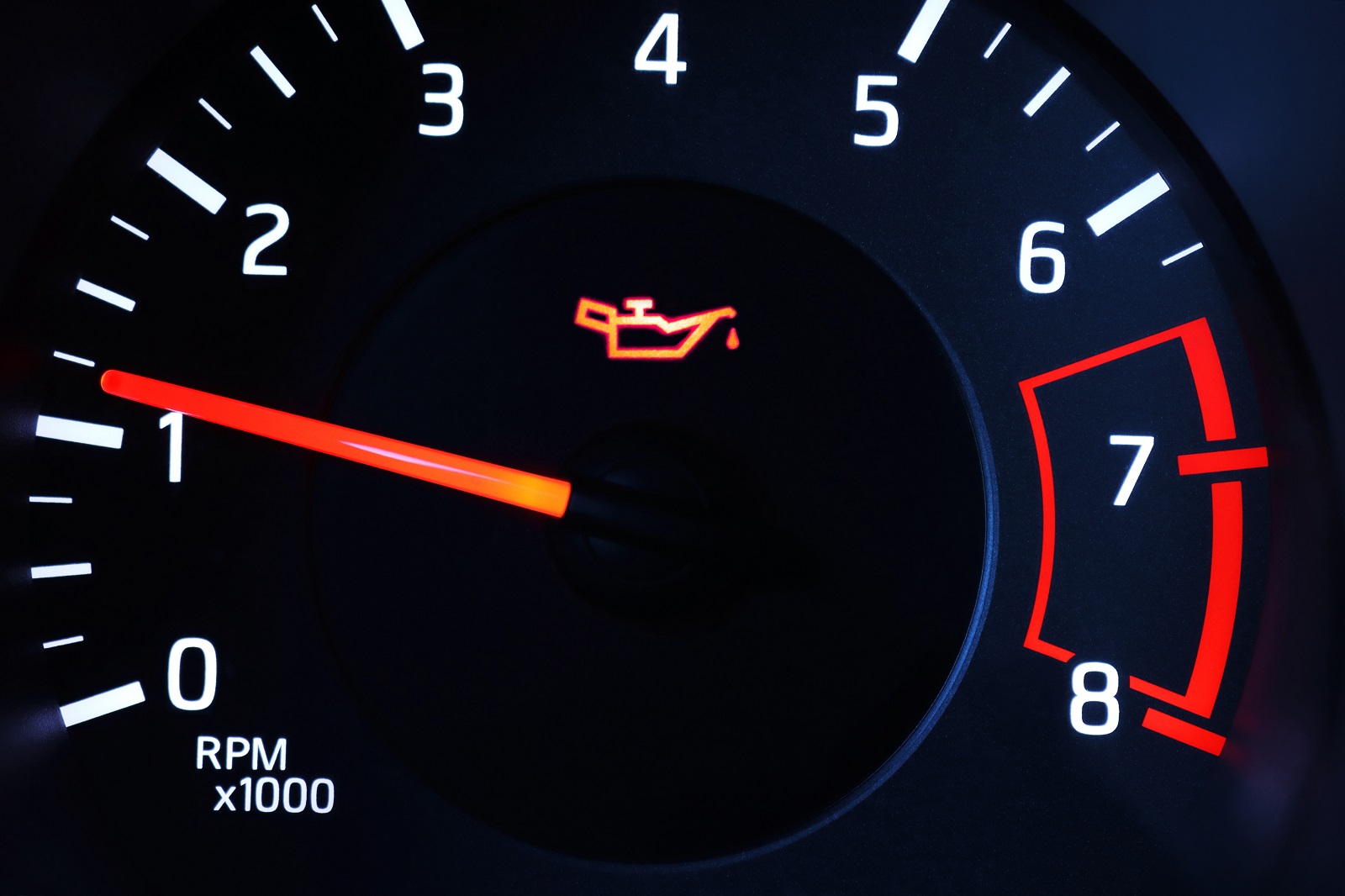
Image Credit: Shutterstock / virgmos
This indicates low oil pressure, crucial for keeping your engine parts lubricated. Immediate attention is required to prevent engine damage, particularly in harsh driving conditions.
3. Battery/Charging Alert
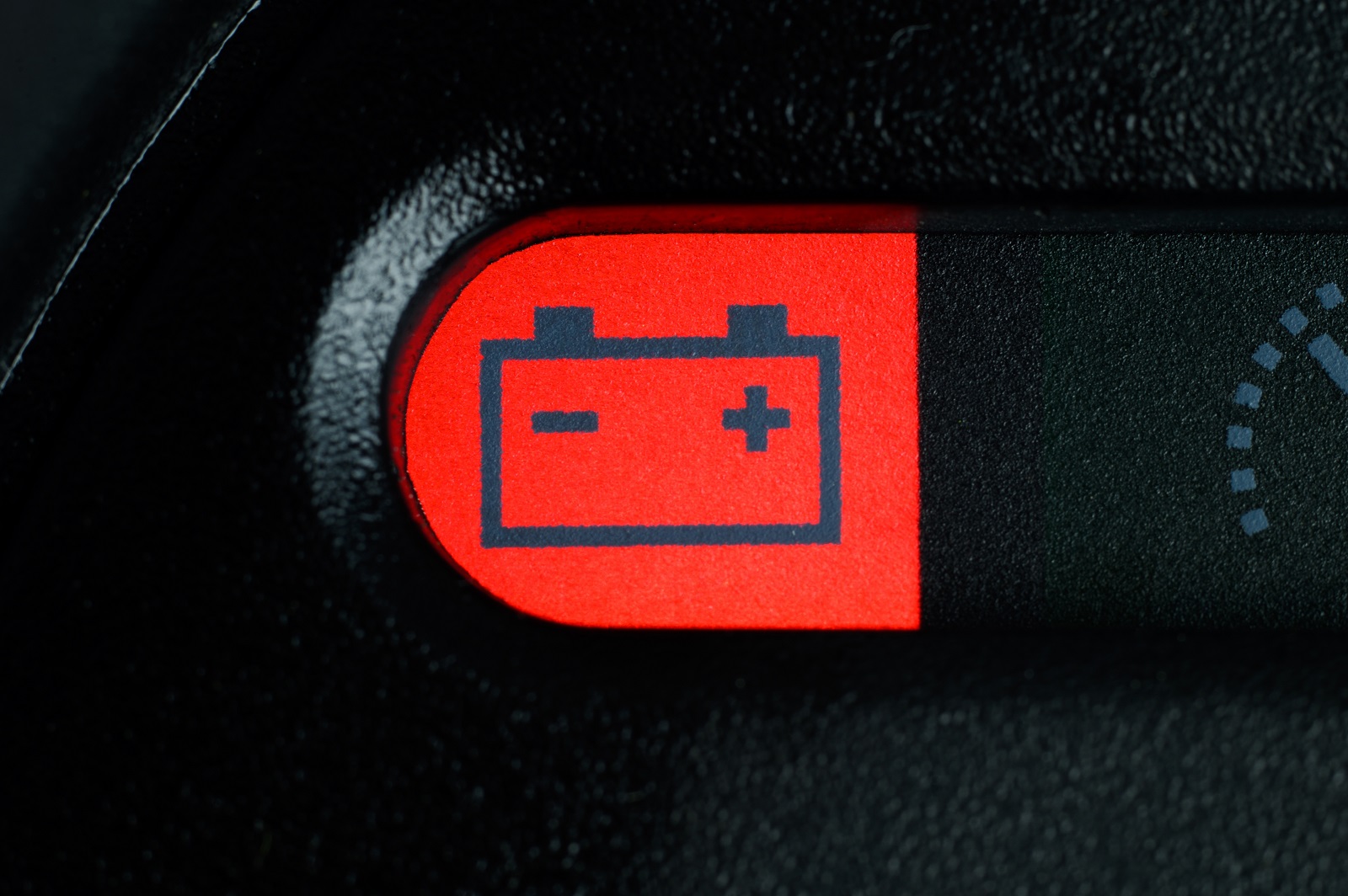
Image Credit: Shutterstock / Yury Nikolaev
Shows when there’s a problem with your car’s electrical system or battery. Urgent attention needed because a failing battery or alternator can leave you stranded, especially in cold or remote areas.
4. Check Engine Light

Image Credit: Shutterstock / Sheila Shelton
A light that can range from a loose gas cap to serious engine issues. If it’s steady, get it checked soon; if it’s flashing, stop the car and call for help to prevent severe damage.
5. Brake System Warning Light
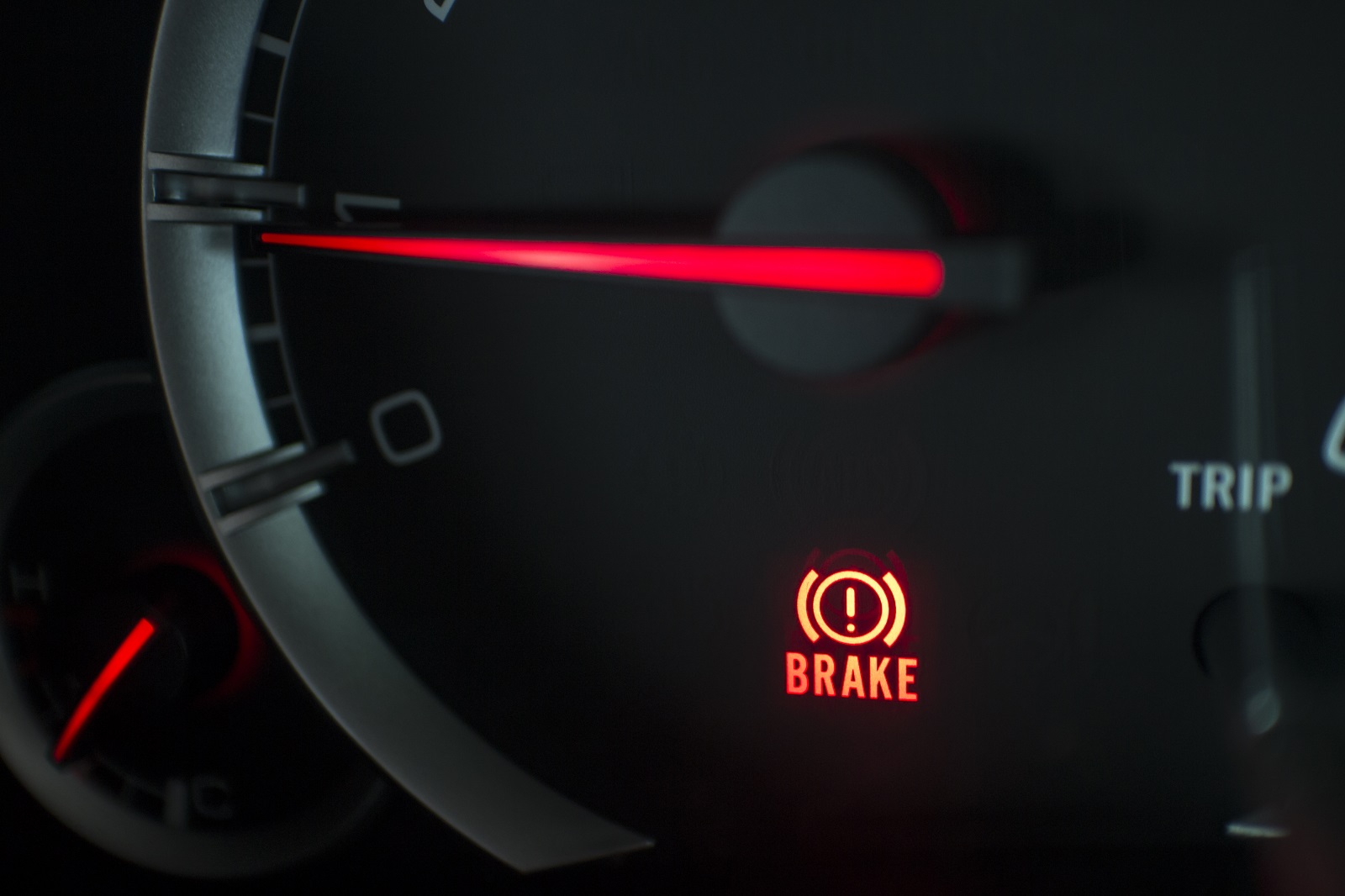
Image Credit: Shutterstock / Chaiyagorn Phermphoon
This could indicate low brake fluid or a brake system malfunction. Do not ignore this light; ensure your brakes are fully functional, especially if you’re driving in mountainous or icy conditions.
6. ABS Warning Light
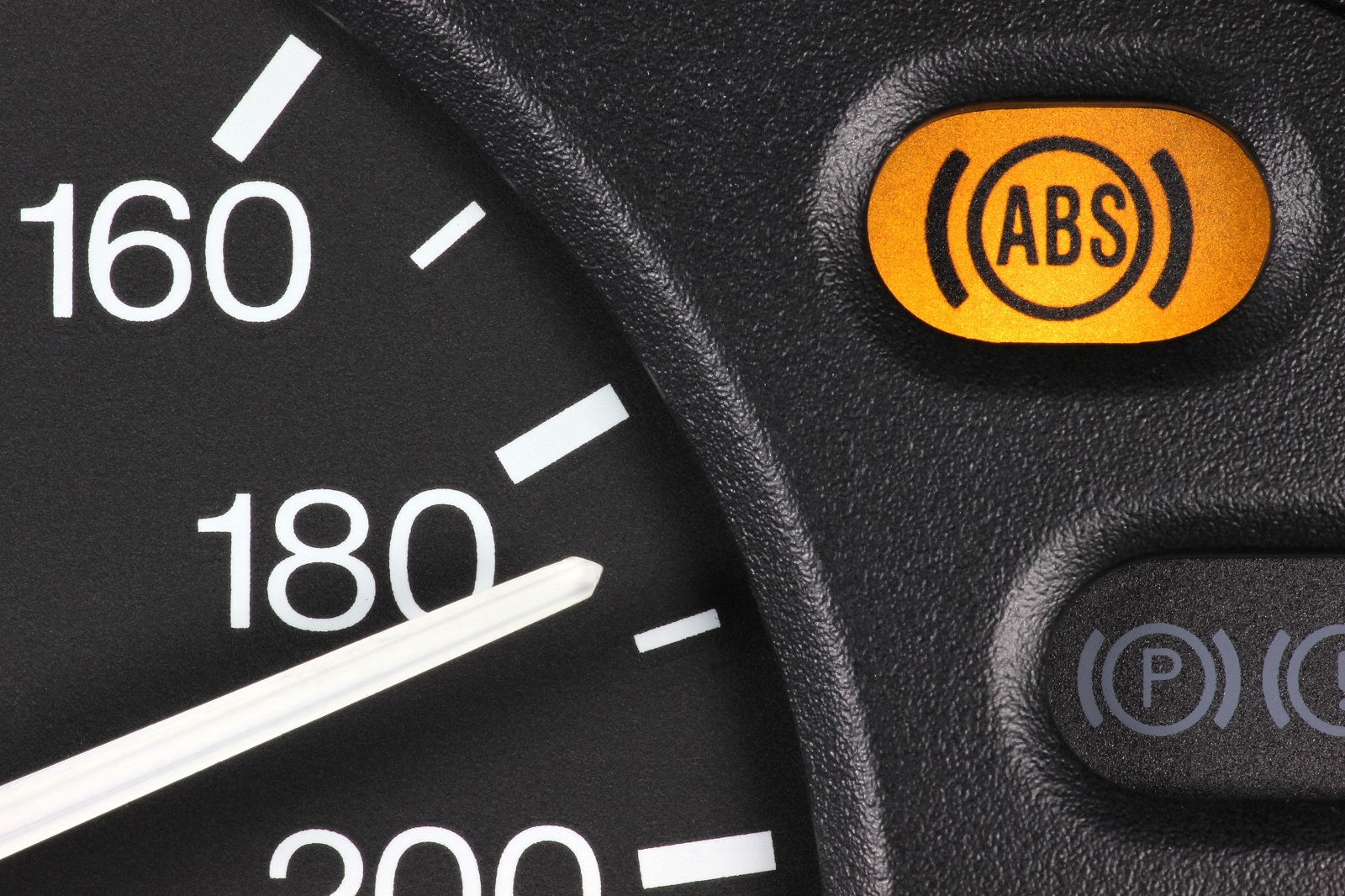
Image Credit: Shutterstock / Bjoern Wylezich
Signifies an issue with the anti-lock braking system. While you can continue driving cautiously, get this checked soon, especially before entering slippery or uneven roads.
7. Tire Pressure Warning Light
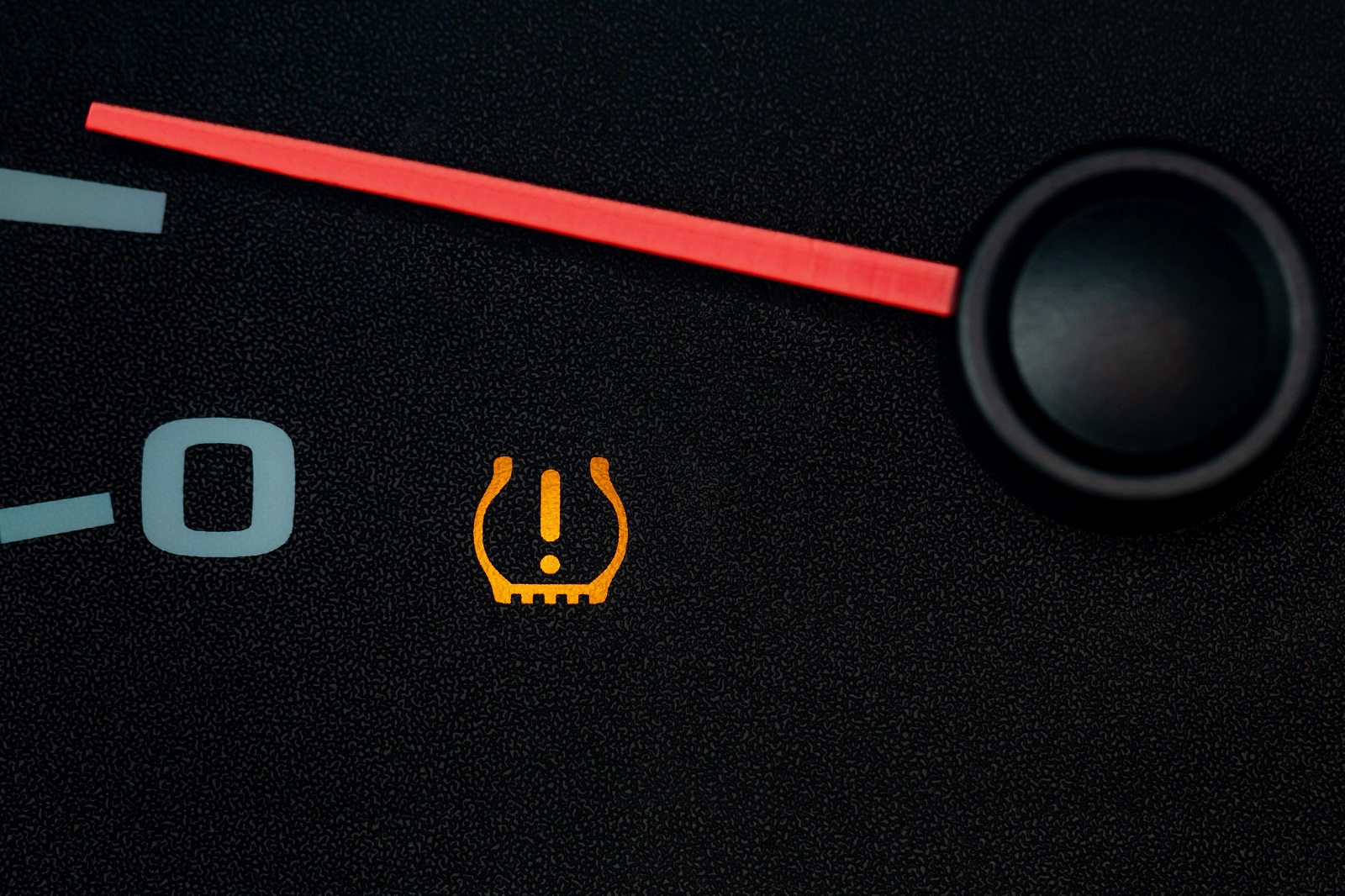
Image Credit: Shutterstock / J.J. Gouin
Indicates low tire pressure, which affects grip and fuel efficiency. Check and adjust the pressure as needed, particularly important for off-road or icy conditions.
8. Airbag Indicator
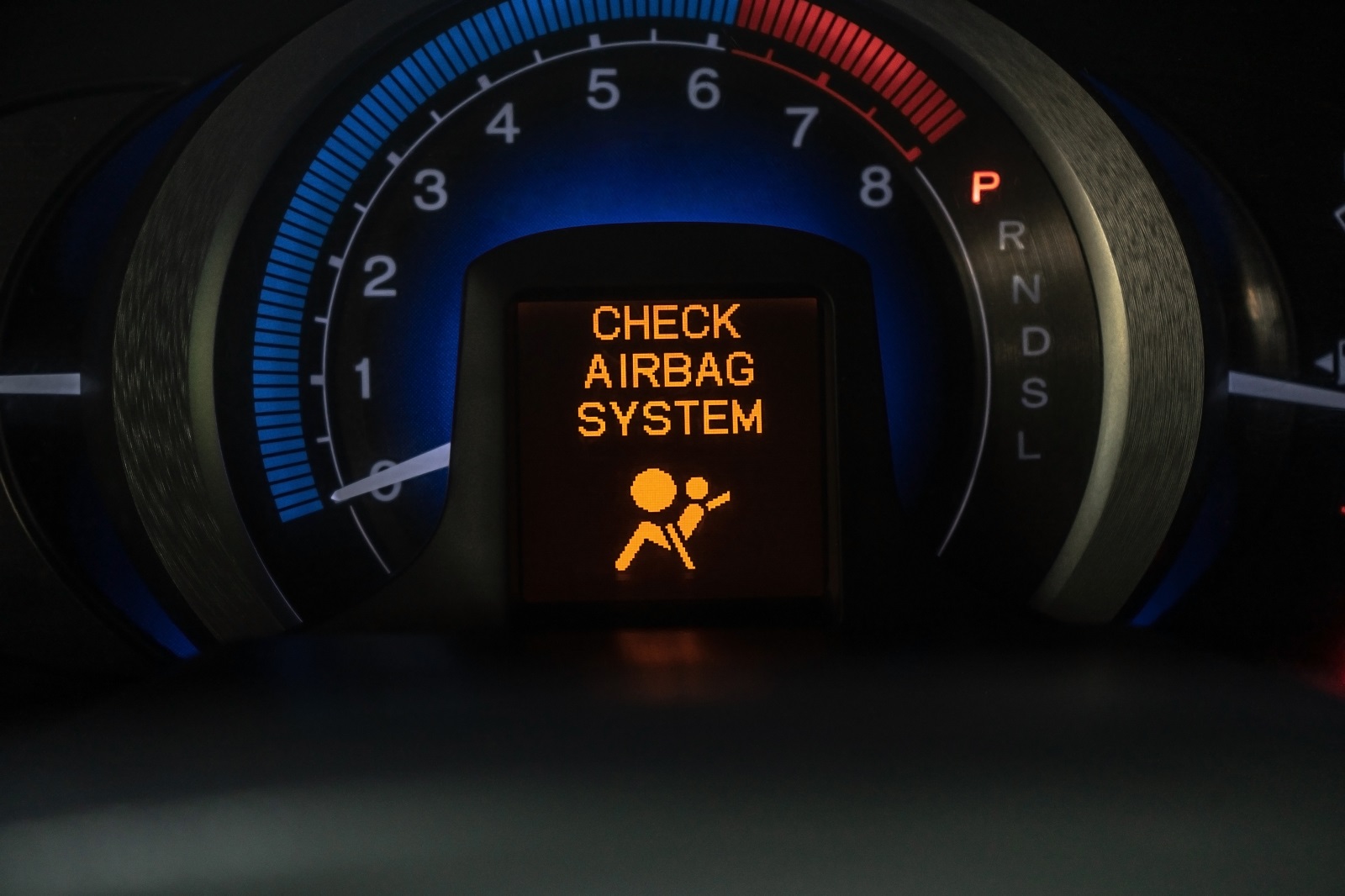
Image Credit: Shutterstock / zkolra
Shows a fault with the airbag system. While the car can still be driven, get this fixed promptly to ensure safety in case of an accident.
9. Power Steering Warning Light
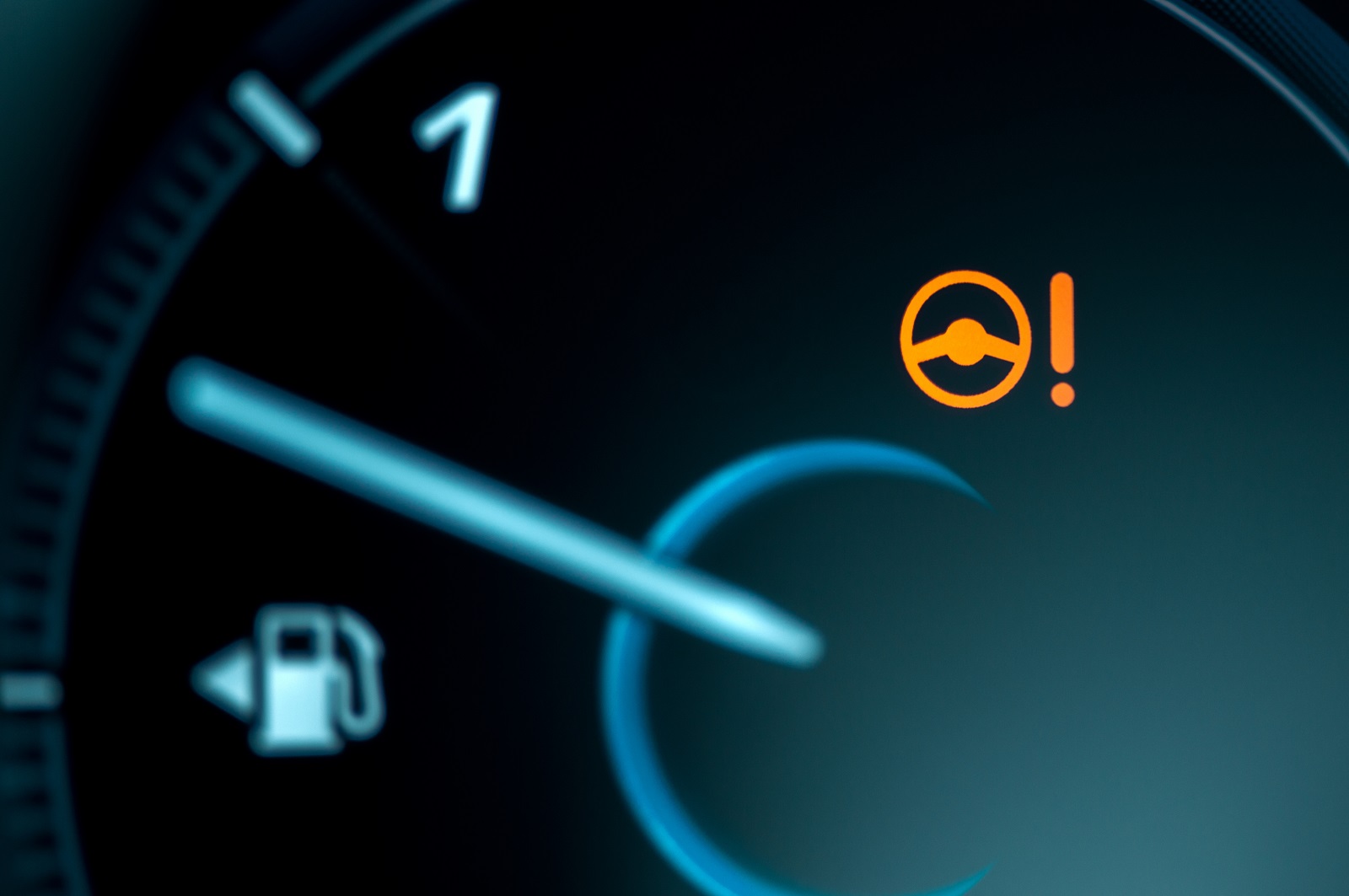
Image Credit: Shutterstock / Daniel Krason
Indicates a problem with the steering system. Immediate attention needed as losing power steering can make maneuvering difficult, especially on challenging terrains.
10. Traction Control Light

Image Credit: Shutterstock / Vladeep
Activates when the traction control system engages. If it stays on, it indicates a problem. Important for maintaining control in slippery conditions, so get it checked if it persists.
11. Fuel Indicator Light
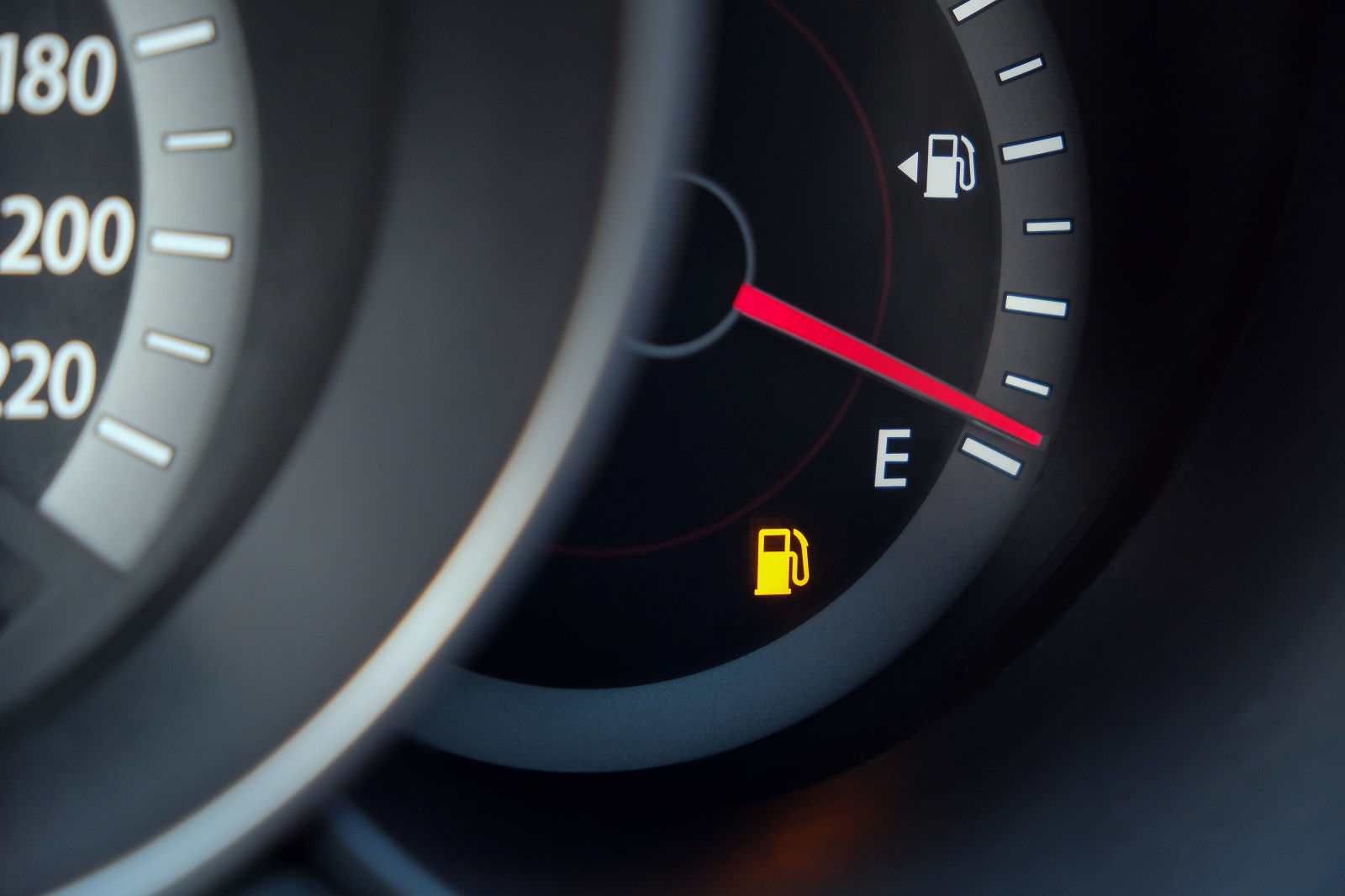
Image Credit: Shutterstock / Evgenius1985
Simply means you’re running low on fuel. Refill at your earliest convenience to avoid getting stuck, particularly in areas where gas stations are sparse.
12. Seat Belt Reminder

Image Credit: Shutterstock / J.J. Gouin
A light you can momentarily ignore if you’re just moving your car a short distance. Otherwise, always buckle up for safety.
13. Door Ajar Light
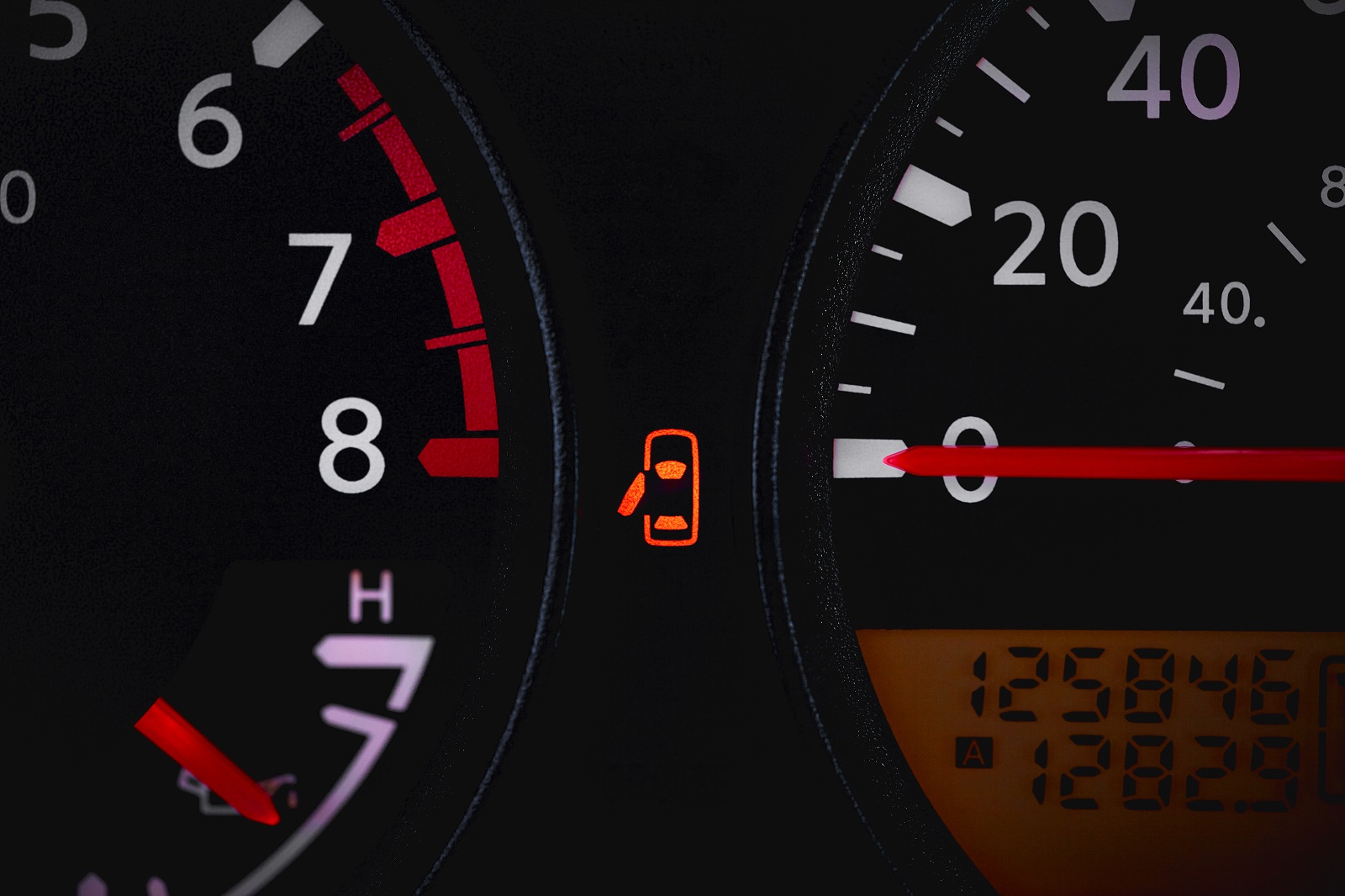
Image Credit: Shutterstock / Pamela Au
Indicates a door isn’t fully closed. Check and secure all doors, especially before high-speed driving or on bumpy roads.
14. Fog Lamp Indicator

Image Credit: Shutterstock / Wasin Borisut
Shows that your fog lamps are on. Useful in foggy conditions but remember to turn them off in clear weather to avoid blinding other drivers.
15. Washer Fluid Indicator

Image Credit: Shutterstock / rebinworkshop
Means you need to refill your windshield washer fluid. While not critical, it’s important for maintaining visibility, especially in muddy or snowy conditions.
16. Service Vehicle Soon
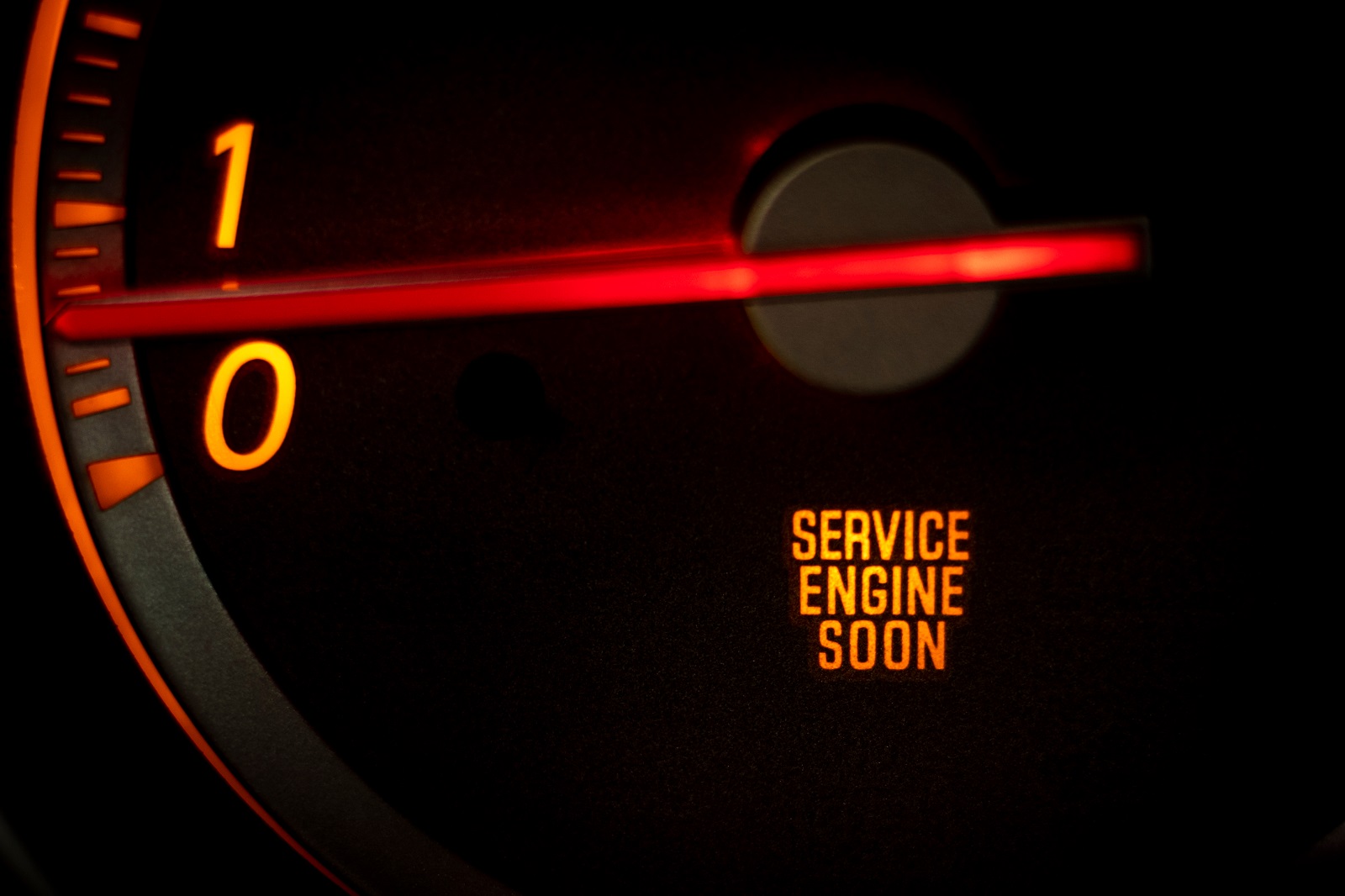
Image Credit: Shutterstock / Benjamin Clapp
Often a general alert for non-emergency issues. Check your manual and schedule service, but no need for immediate panic.
17. Glow Plug Indicator (Diesel Engines)
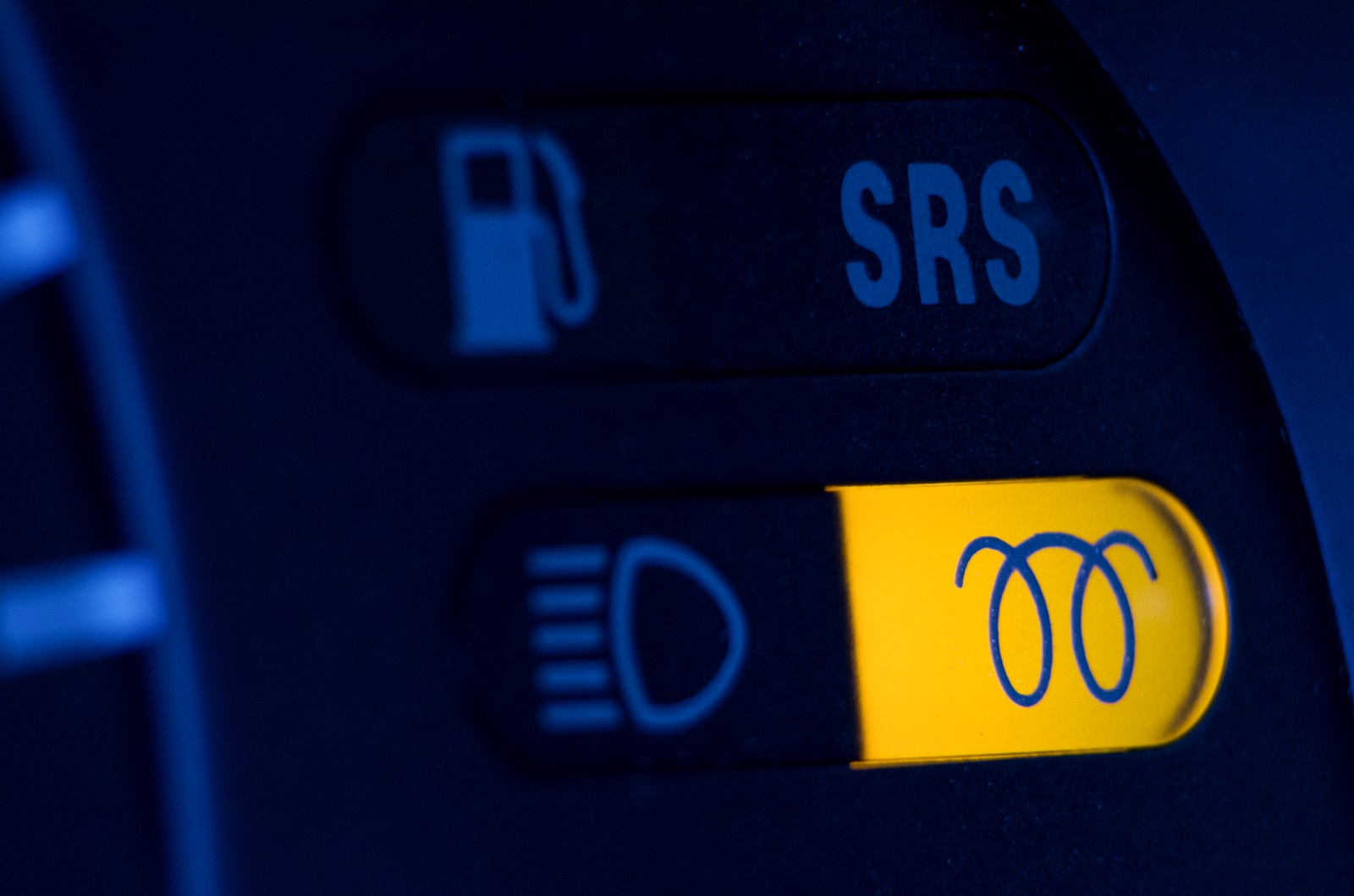
Image Credit: Shutterstock / ERIK Miheyeu
Shows that glow plugs are warming up. Wait until it goes off before starting the engine, crucial in cold weather for smooth starts.
Stay Safe
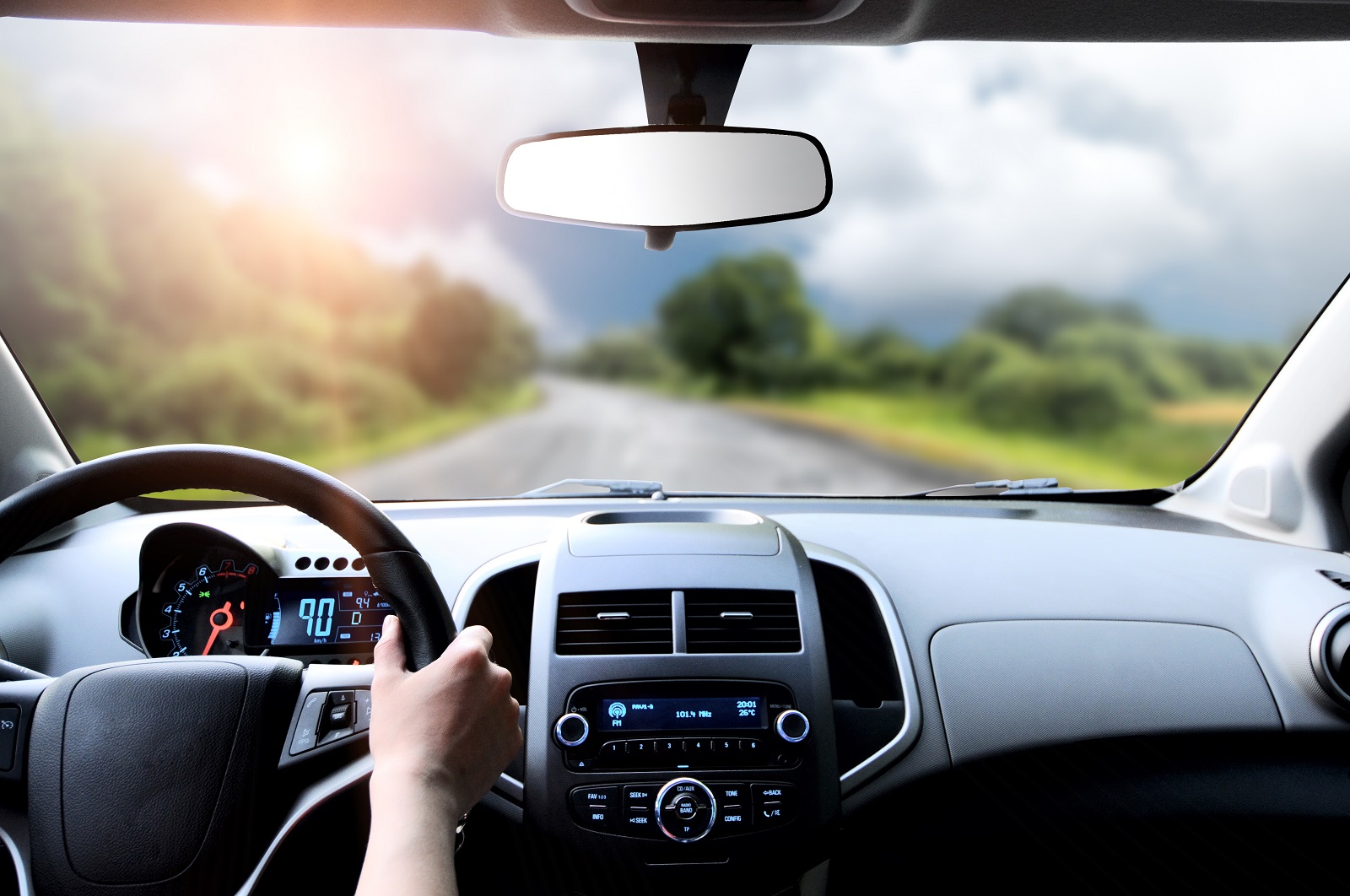
Image Credit: Shutterstock / DmytroPerov
Understanding what each warning light means helps you make informed decisions about your vehicle’s care. Don’t let a light ruin your journey. Stay informed, stay safe, and keep your adventures rolling, no matter the conditions!
The post – Car Care 101: Vehicle Warning Lights You Can and Can’t Ignore – first appeared on Mechanic Insider.
Featured Image Credit: Shutterstock / Petr Smagin.
For transparency, this content was partly developed with AI assistance and carefully curated by an experienced editor to be informative and ensure accuracy.

